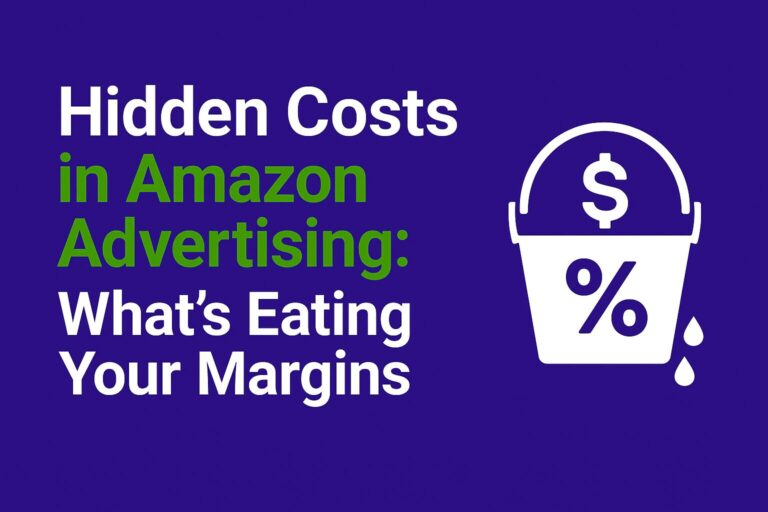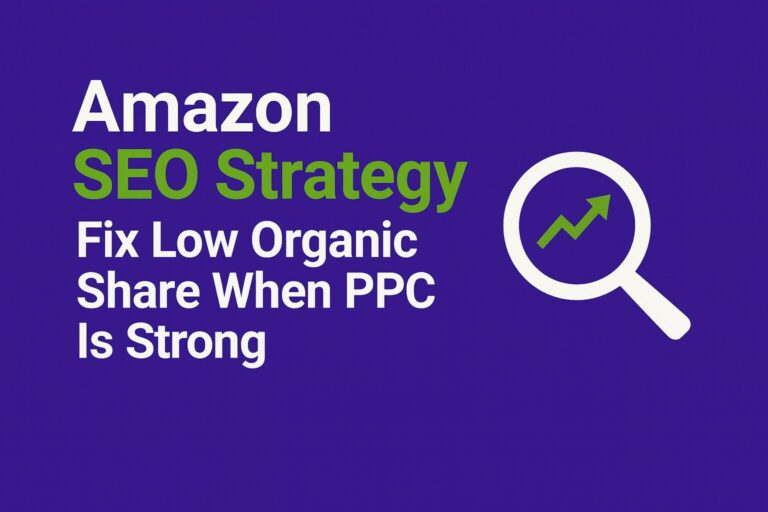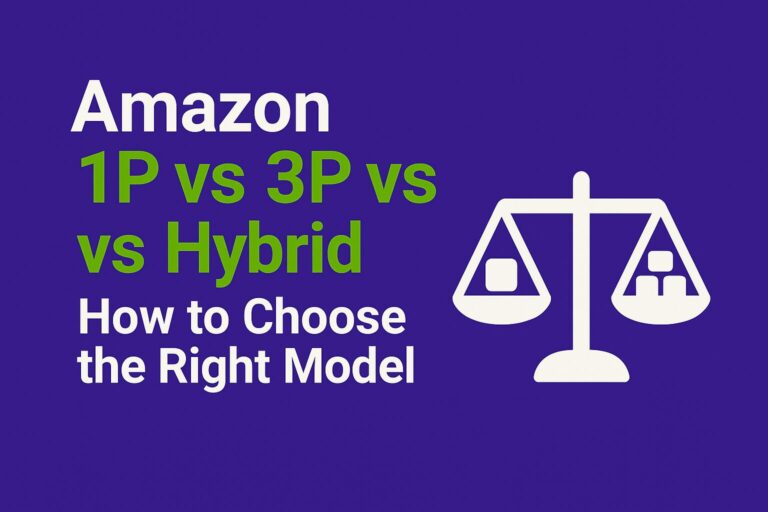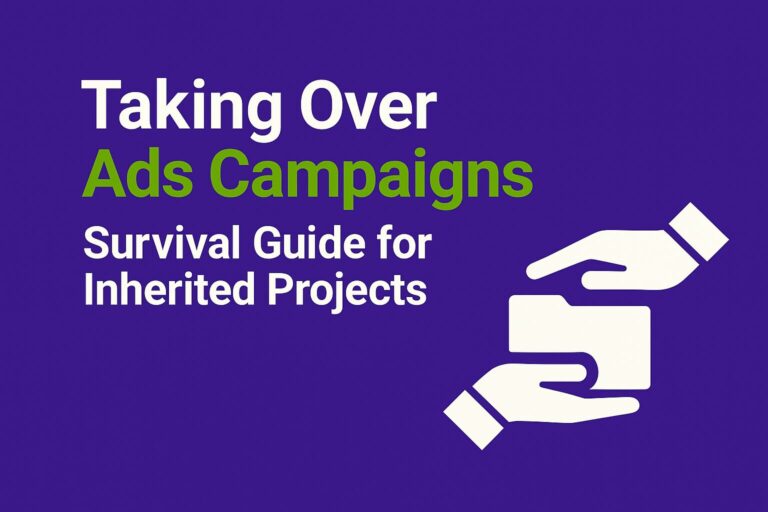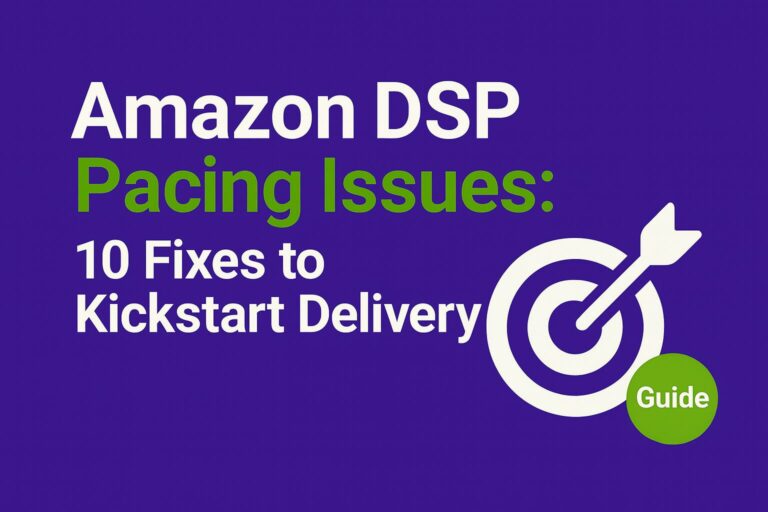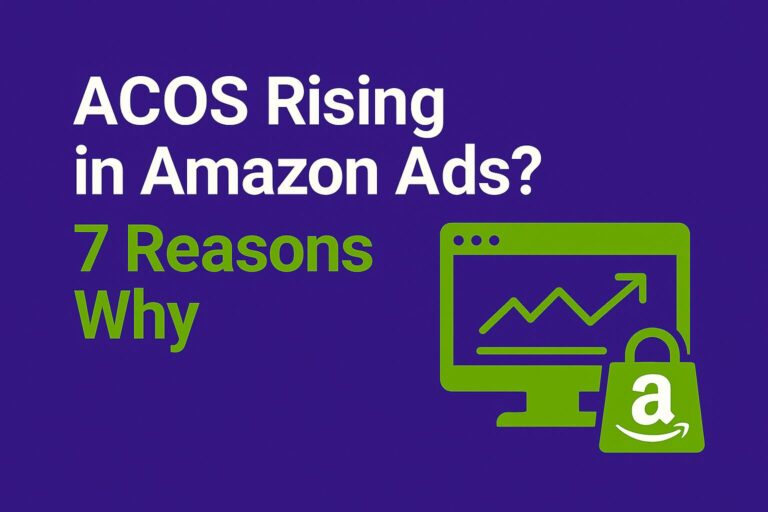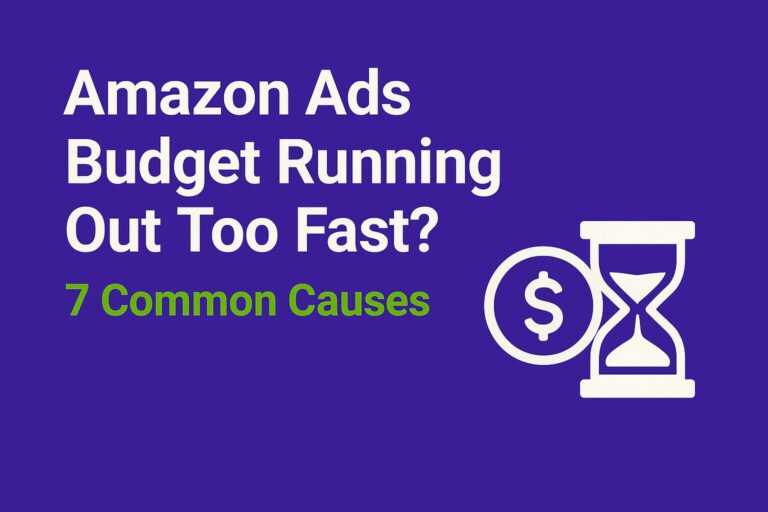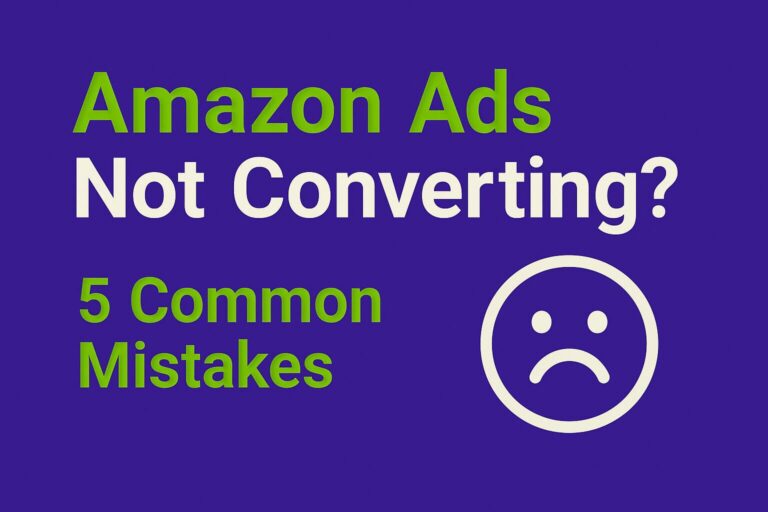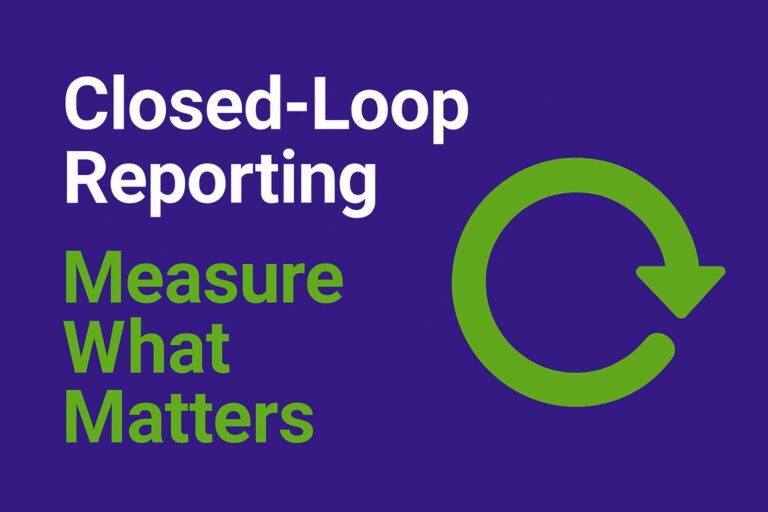Hidden Costs in Amazon Advertising: What’s Eating Your Margins
Hidden Costs in Amazon Advertising: What’s Eating Your Margins Read More »
In Amazon Ads, a campaign may look profitable on the surface — ACOS is stable, ROAS appears healthy, and daily budgets are consistent. Yet, when overall profitability is reviewed, margins keep shrinking. Hidden costs are the invisible factors that quietly erode performance. They include inefficient spend, structural leaks in campaign setup, and external pressures like […]

